By Janet Samuel
A decaying cemetery littered with rubbish, collapsing buildings, and the stench of waste, this was the scene that greeted ECOWAS Parliament members when they visited the Central Street Cemetery in Monrovia on Tuesday.
According to municipal authorities, about 500 drug users, including children and pregnant women, live in this squalor.
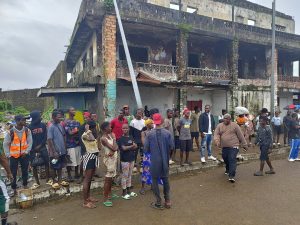
Under heavy rain, the delegation navigated the site as some inhabitants, like A.B. (a pseudonym), reached out in desperation. “We are hungry, and we need medical care,” voices cried in unison before police intervened.
In King Grey, another Monrovia community, the situation was equally bleak as Men and women, ravaged by drug addiction, survive among graves and mounds of refuse, with the ocean’s waves offering little comfort from the human tragedy.
Liberian authorities say they are determined to confront the crisis head-on.
Between June 2024 and June 2025, the Liberia Drug Enforcement Agency seized 9,651 kilograms of illicit substances, including krush, marijuana, heroin, cocaine, tramadol, and chemical precursors with an estimated street value of $4.96 million.
A major government-backed rehabilitation drive is already in motion.
At the Bentol Youth Camp, about 40 kilometres from Monrovia, facilities are being expanded to house 1,500 recovering addicts.
Nearby, construction has begun on a neuropsychiatric hospital on a 50-hectare site to cater for long-term treatment needs.
Beyond public sector action, private initiatives are also making a difference. One centre, founded more than 30 years ago on the outskirts of Monrovia by a concerned individual, continues to provide medical care, skills training, and reintegration support for drug users.
The ECOWAS parliamentary delegation toured all these locations, saying the visit offered them a raw and sobering view of the human cost of addiction and the scale of Liberia’s ongoing fight against it.
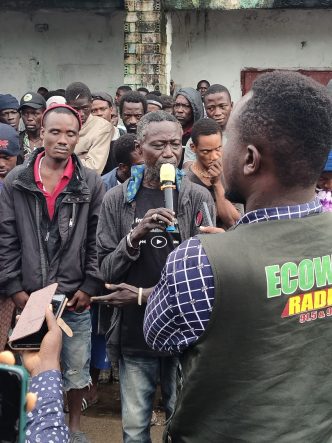
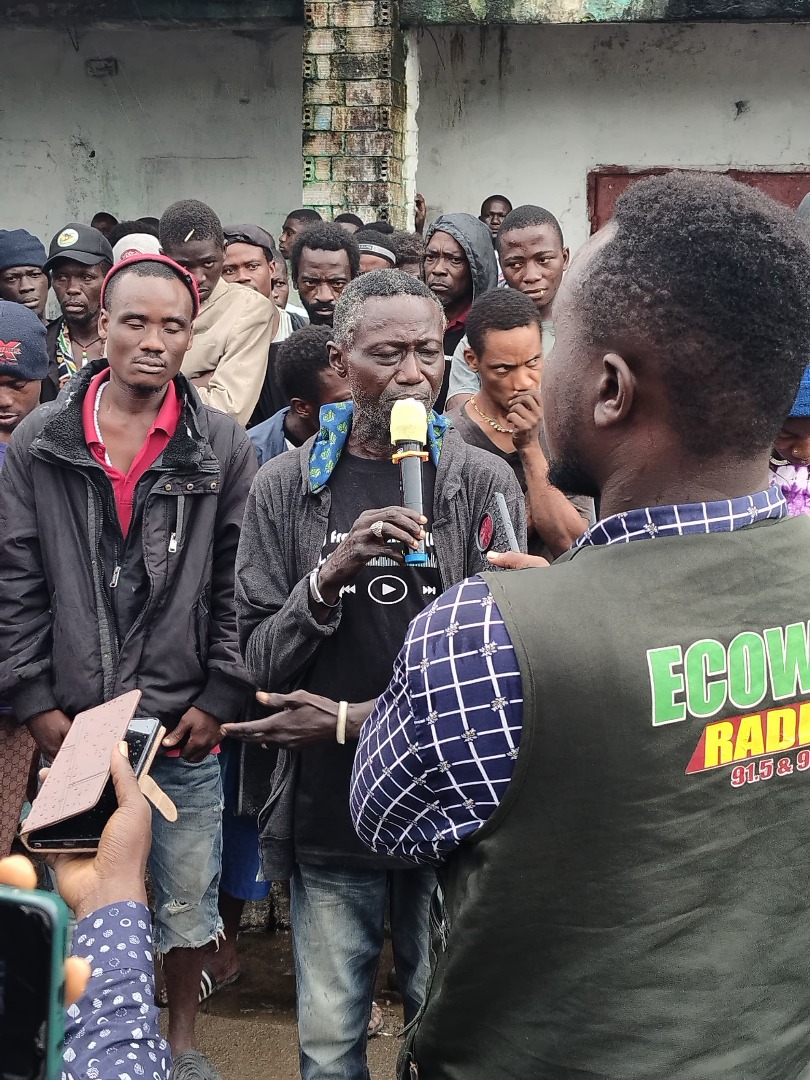
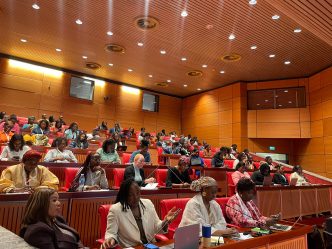
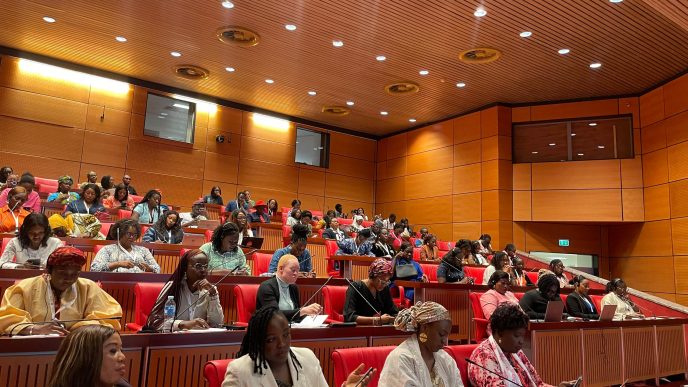

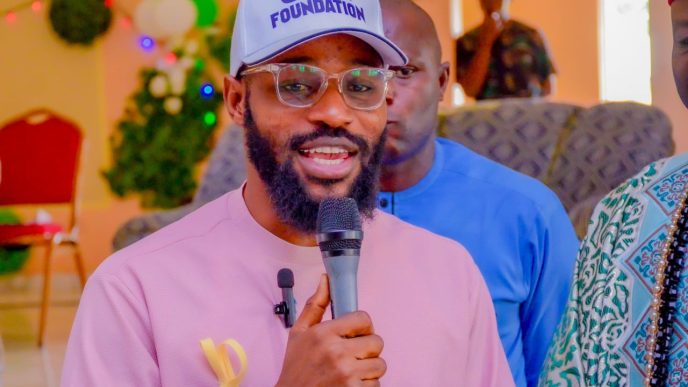

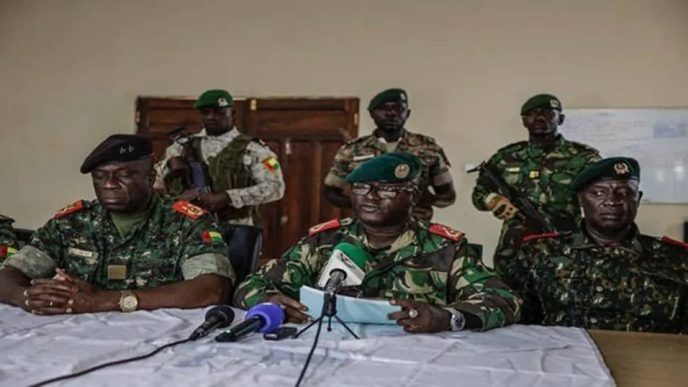
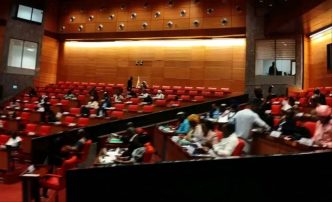
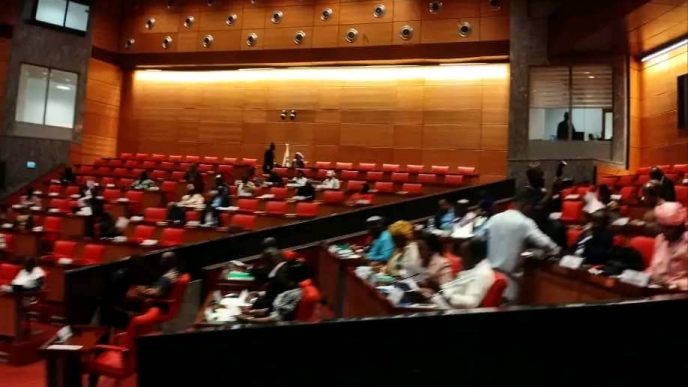
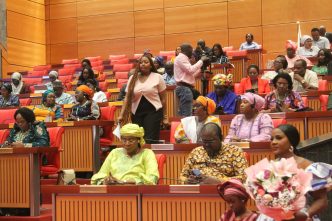
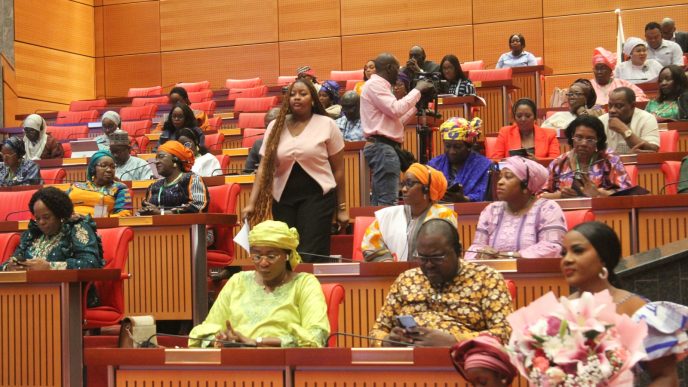
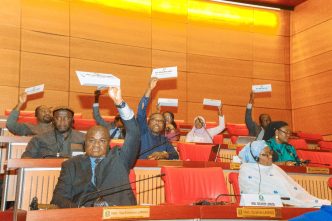
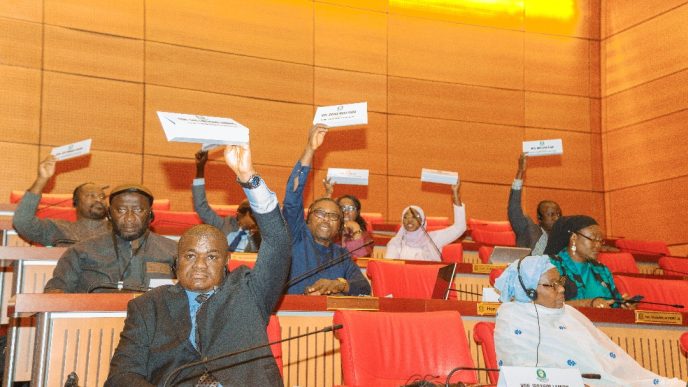
GIPHY App Key not set. Please check settings